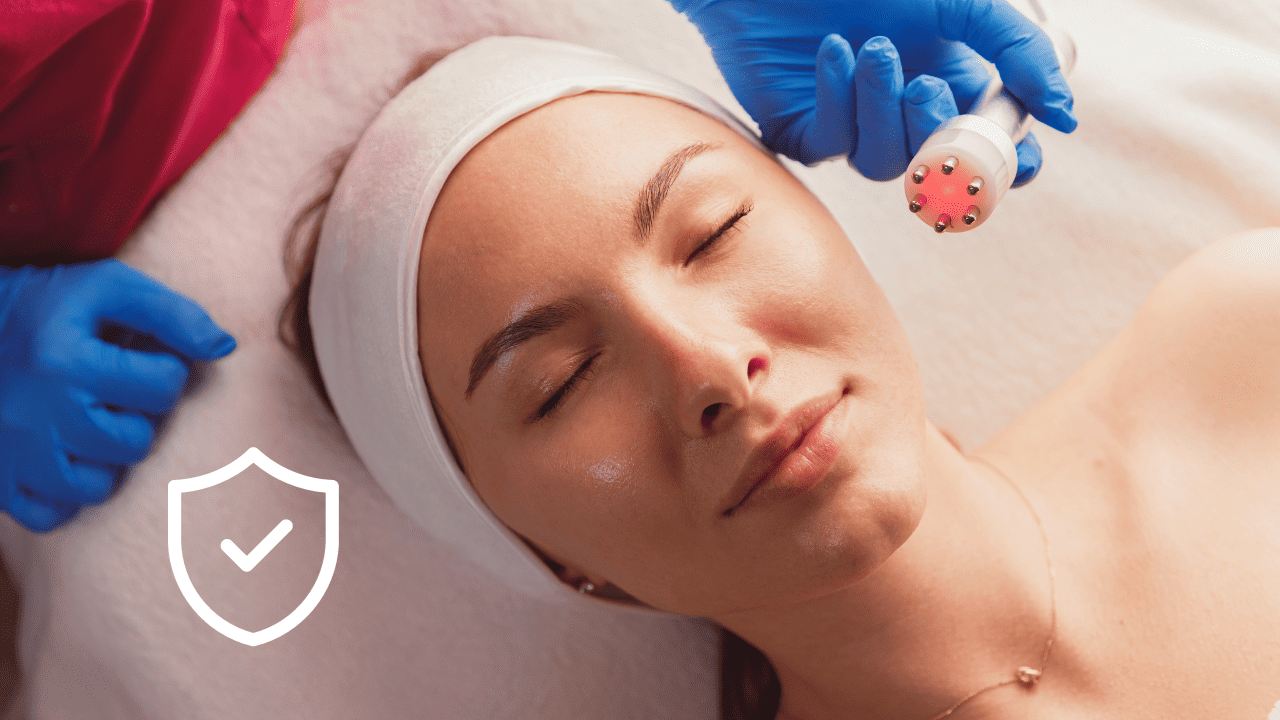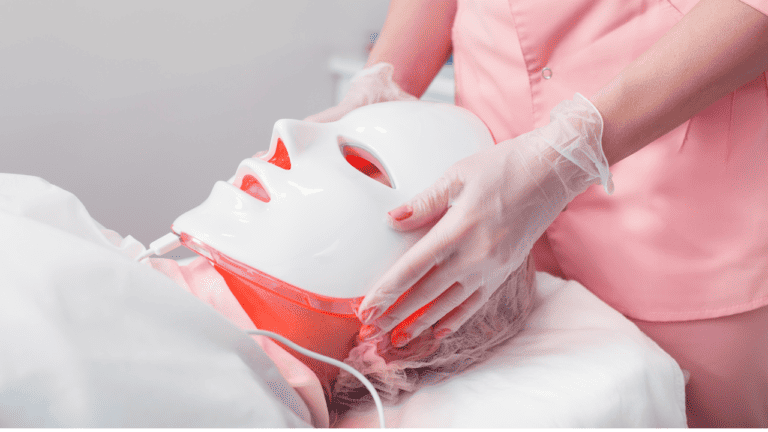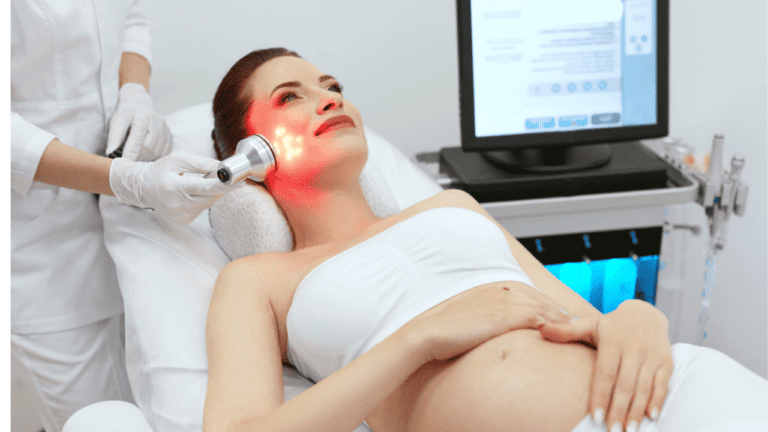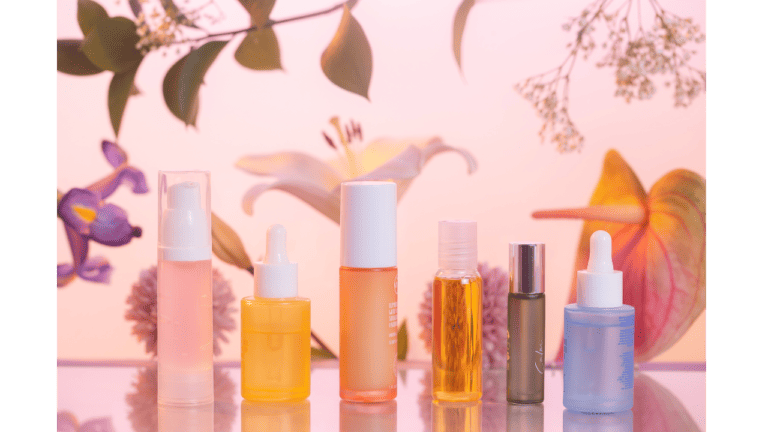In the realm of therapeutic innovations, red light therapy has emerged as a beacon of hope for many seeking non-invasive and drug-free treatments. This blog endeavors to meticulously dissect the scientific research surrounding red light therapy, offering insights into its safety and efficacy. By translating complex research into easily digestible information, we aim to empower readers with knowledge, enabling informed decisions about their health and wellness.
Key Takeaways
- Red Light Therapy is Backed by Science: Numerous studies substantiate the efficacy of red light therapy in treating various conditions, from skin health to muscle recovery.
- Safety is a Paramount Consideration: red light therapy is generally considered safe with minimal side effects, but understanding its contraindications is crucial.
- Continuous Research is Key: Ongoing scientific exploration is vital to fully understand red light therapy’s potential and limitations, ensuring its effective and safe application.
The Science Behind Red Light Therapy

Understanding the Mechanism
Red Light Therapy operates on a simple yet profound principle: specific wavelengths of red and near-infrared light penetrate the skin, impacting cellular behavior. This process, known as photobiomodulation, stimulates mitochondria, the energy powerhouses within cells, enhancing their efficiency and promoting healing and rejuvenation.
Targeted Conditions
While versatile, red light therapy shows pronounced benefits in certain areas. Skin rejuvenation, wound healing, and inflammation reduction are notable areas where red light therapy has shown promising results. Additionally, its use in improving joint health and expediting muscle recovery is supported by a growing body of research.
Research Findings on Efficacy

Studies and Clinical Trials
A plethora of studies underscore the effectiveness of red light therapy. For instance, a 2018 study highlighted its role in significantly improving skin complexion and feeling. Another research piece focused on arthritis patients demonstrated notable pain reduction and improved mobility.
One such study tested the efficacy of Red Light Therapy and Near Infrared Light Therapy on 136 volunteers in a randomized and controlled testing environment. Some volunteers were treated with red light therapy only, red light therapy and near infrared light therapy (PBM) and some were considered a control group and were not treated with anything.
The clinical study found that the treated volunteers had significantly improved skin complexion and skin feeling in comparison to those without treatment. Also, those that used PBM did not have much of a difference with those treated solely with Red Light Therapy.
What we can takeaway from this is that Red Light Therapy has positive effects on our skin. What benefits we get from its combination with Near-Infrared Light Therapy is still to be researched more thoroughly but so far, it seems that Red Light Therapy definitely is a treatment to consider adding to your skincare routine.
Health Aspect Impacts
The spectrum of red light therapy’s impact is broad. Its anti-inflammatory properties are not just beneficial for skin conditions like acne but also for systemic inflammatory conditions. In sports medicine, red light therapy is increasingly recognized for its role in muscle recovery and performance enhancement.
- Read More: Fundamentals Of Red Light Therapy For Skin Health
- Read More: The Ultimate Guide To Red Light Therapy For Skincare: Unlock Radiant, Youthful Skin
Analyzing the Safety of Red Light Therapy

Side Effects and Contraindications
Red Light Therapy’s safety profile is robust, with minimal side effects reported. Most common are mild irritations, which are transient. However, it’s crucial to understand its contraindications, such as usage over cancerous lesions or by individuals with photosensitivity disorders.
Comparative Safety
When juxtaposed with invasive procedures or pharmaceutical interventions, red light therapy stands out for its non-invasive nature and lack of severe side effects, making it a preferred choice for many seeking alternative treatments.
Patient and Practitioner Perspectives
Case Studies
Many studies have shown that red light therapy significantly improved in skin conditions, pain management, and overall well-being following red light therapy sessions.
Healthcare Insights
Practitioners increasingly integrate red light therapy into treatment plans, citing its benefits and patient satisfaction. Its non-invasive nature and ease of application make it a complementary tool in various therapeutic settings.
Regulatory and Industry Standards
FDA Regulations and Standards
The U.S. Food and Drug Administration (FDA) classifies certain types of red light therapy devices under “low-risk” categories, indicating their safety. However, it’s essential to use devices that meet industry standards and FDA approvals for specific uses.
Quality Assurance
Adherence to industry standards is paramount in ensuring the efficacy and safety of red light therapy devices. Consumers and practitioners alike are advised to seek out well-researched and compliant products for optimal results.
Future Directions in Red Light Therapy Research

Emerging Trends
As research continues, new applications of red light therapy are being explored. Areas like neurodegenerative disease management and mental health disorders are emerging frontiers in red light therapy research.
Potential Advancements
The future of red light therapy lies in personalized treatment protocols, advanced device technology, and integration with other therapeutic modalities, promising a more tailored and effective approach to various health conditions.
Conclusion
Red Light Therapy stands at the crossroads of traditional and innovative therapeutic approaches. Its science-backed efficacy, coupled with a strong safety profile, makes it a compelling option for those seeking alternative treatments. As research evolves, so does our understanding, paving the way for more targeted and effective uses of this fascinating therapy.
Frequently Asked Questions
How often can one safely undergo red light therapy?
The frequency of red light therapy sessions varies depending on the condition being treated and individual response. Typically, it ranges from daily sessions for acute conditions to two to three times a week for chronic issues.
Can red light therapy be used in conjunction with other treatments?
Yes, red light therapy can be integrated with other treatments, but it’s important to consult healthcare professionals to ensure compatibility and safety.
Are there any specific conditions where red light therapy is particularly effective?
Research shows red light therapy is particularly effective in skin rejuvenation, pain reduction in conditions like arthritis, and muscle recovery post-exercise.






